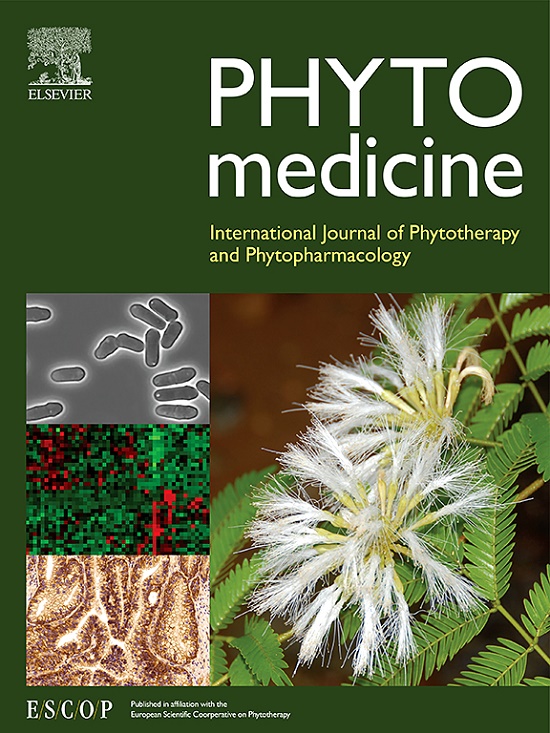Targeting GATA6 with pedunculoside inhibits fetal gene expression to attenuate pathological cardiac hypertrophy
IF 6.7
1区 医学
Q1 CHEMISTRY, MEDICINAL
引用次数: 0
Abstract
Background
Pathological cardiac hypertrophy is a characteristic feature of numerous cardiovascular diseases and significantly impacts human health. However, effective treatment options for cardiac hypertrophy are still significantly unmet. Pedunculoside, a pentacyclic triterpenoid saponin from the traditional Chinese herb Ilex rotunda Thunb., exhibits various pharmacological properties such as anti-inflammatory and cardiovascular therapeutic effects, but its anti-hypertrophy efficacy and mechanisms have not yet been reported.
Purpose
This study aimed to confirm the ameliorating effect of pedunculoside on cardiac hypertrophy and elucidate its underlying mechanism.
Methods
To investigate the effect of pedunculoside on cardiac hypertrophy, we used transverse aortic constriction (TAC) and isoproterenol hydrochloride (ISO) infusion to induce cardiac hypertrophy model in mice. Angiotensin II (Ang II) was used to mimic hypertrophy model in myocardial cells. Then, we utilized a biotin-tagged carabrone chemical probe and validation experiments to pinpoint pedunculoside's key targets. Further, molecular docking study and sites mutation were used to predict and identify the binding modes of pedunculoside to target. Finally, structural optimization was carried out to find new pedunculoside derivatives with stronger anti-hypertrophy activity and binding affinity to the target.
Results
Our findings revealed for the first time that pedunculoside treatment significantly attenuated hypertrophic phenotypes in response to TAC and ISO. It also effectively reduced hypertrophy and fibrosis in myocardial cells exposed to Ang II stimulation. Mechanically, we identified transcription factor GATA-6 (GATA6) as a key target of pedunculoside for treating cardiac hypertrophy. Further studies demonstrated that pedunculoside blocks cardiac hypertrophy progression by inhibiting the transcriptional activation of GATA6 on promoting fetal gene expression. More importantly, a new pedunculoside derivative PE-3 with stronger anti-hypertrophy activity and affinity for GATA6 was discovered.
Conclusion
Our findings suggest that pedunculoside and PE-3 could be developed as promising drug candidates for cardiac hypertrophy treatment.

求助全文
约1分钟内获得全文
求助全文
来源期刊

Phytomedicine
医学-药学
CiteScore
10.30
自引率
5.10%
发文量
670
审稿时长
91 days
期刊介绍:
Phytomedicine is a therapy-oriented journal that publishes innovative studies on the efficacy, safety, quality, and mechanisms of action of specified plant extracts, phytopharmaceuticals, and their isolated constituents. This includes clinical, pharmacological, pharmacokinetic, and toxicological studies of herbal medicinal products, preparations, and purified compounds with defined and consistent quality, ensuring reproducible pharmacological activity. Founded in 1994, Phytomedicine aims to focus and stimulate research in this field and establish internationally accepted scientific standards for pharmacological studies, proof of clinical efficacy, and safety of phytomedicines.
 求助内容:
求助内容: 应助结果提醒方式:
应助结果提醒方式:


